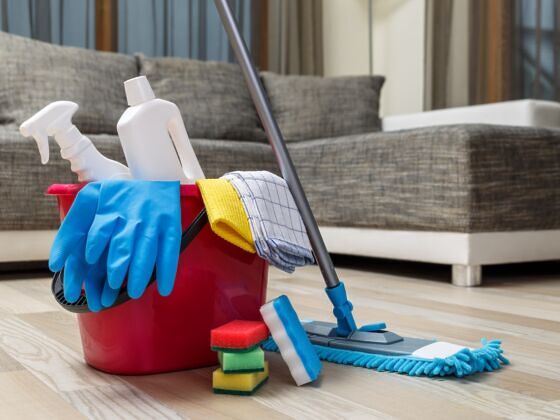On Thursday February 4th, a case against the big manufacturers Procter & Gamble, Colgate-Palmolive, Church and Dwight, and Reckitt-Benckiser was taken to court in an effort to force them to uphold a 1971 New York state law requiring them to list the chemicals in their products (as well as the chemicals’ health risks) on the label.

Ingredient disclosure requirements are almost non-existent in the United States, considering that federal environmental laws do not currently require companies to report the chemicals they use. If the activists win this case, the companies will at least need to report to the state.
Groups such as the American Lung Association and the Sierra Club, in addition to health and environmental activists, are fighting for the public’s right to know what kind of chemicals they are bringing into their homes, and the potential risks associated with the chemicals.
The outcome also has the potential to make an impact at a national level, considering that the United States Senate Committee on Environment and Public Works recently held a hearing looking into the public’s exposure to toxic chemicals, and found that the chemicals have led to health problems. The Soap and Detergent Association responded by saying “the research is flawed.”
Many companies have argued that they have disclosed ingredients on their websites as part of an initiative launched last month. Environmental advocates responded by saying that some ingredients are too vague, listed simply as “fragrance” or “dye.”
Take Clorox, for example. Clorox recently began disclosing ingredients on its website, but that doesn’t mean the list is easy to find, or easy to understand. Once I did find the list, I still had to do some research to find out exactly what alkyl dimethyl benzyl ammonium chloride (found in Formula 409 All-Purpose Cleaner) is and what it does.
Companies internationally are preparing to comply with Europe’s new chemical regulations (known as REACH), making it seem that the United States is beginning to lag behind in this area.
What can I do to protect myself?
Until companies are required to disclose their chemical ingredients and potential health risks, you might want to try more natural cleaners, which actually work just as well.
There is a great list of 10 tested and true green companies on our very own Matador Goods, all of which are healthy for you and the environment.
Care2.com has an informative article about how to make a non-toxic cleaning kit from household ingredients including baking soda, vinegar, and (a good) liquid soap.
Another useful resource can be found at About.com: Housekeeping, which describes how you can clean just about anything with vinegar, lemon juice, and baking soda.
Community Connection:
For more green products, check out our green products focus page.